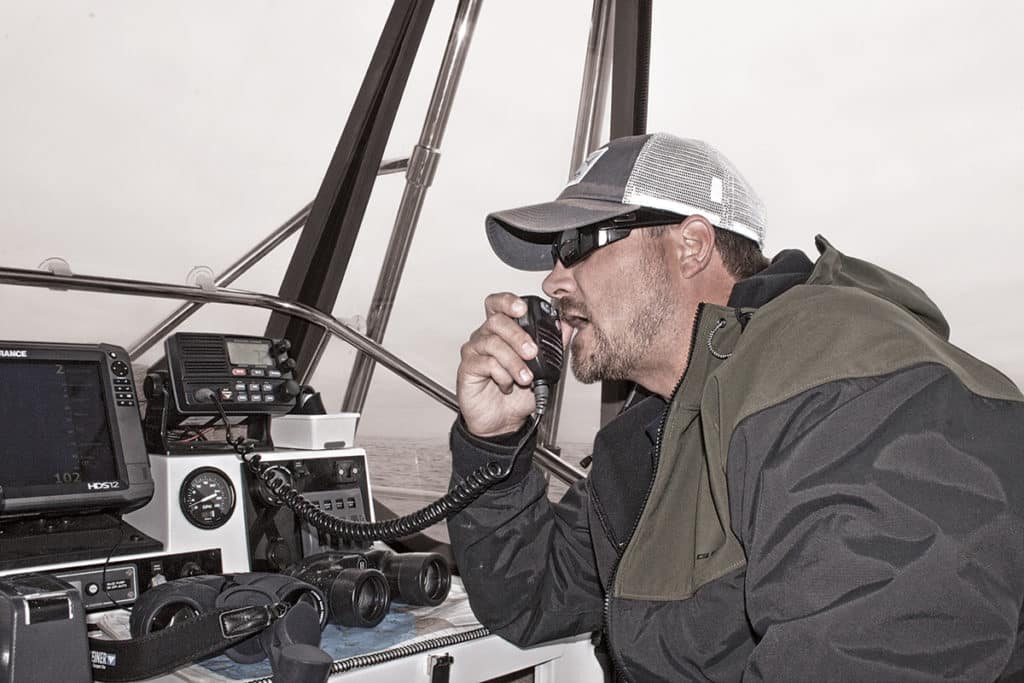
Communicating is always good, right? Well, not always. Like when you find out too late that you’re on speaker phone after sharing a saucy thought with your significant other, or when you cringe after accidently pressing “reply all” with a cheeky office email.
Let’s face it. Much of the time, you don’t really want to share with the entire world — just with a close friend or two. Nowhere does this apply more than among boating anglers, who often form so-called “code” groups — tightly knit cliques that quietly share up-to-the-minute information on where and when prize game fish such as king mackerel, striped bass, marlin or tuna are biting.
As in any competitive enterprise, knowledge is power. And make no mistake: Sport fishing can be very competitive. Blame the testosterone. Even in the absence of an official tournament, anglers want to catch more than other guys. Ego drives them to win. And keeping communications discreet emerges as a critical component of returning to port with bragging rights over others.
Communicating privately on terra firma is easy with phone, text and email. Yet what about on the water — outside cellular range — when you want to call in your buddy on a hot bite but don’t want the rest of the world crashing your party?
VHF radio is the primary form of communications afloat. Yet VHF air waves are a public forum. Anyone can hear. How do you keep the radio communications private? Here are five tricks that boaters use to remain silent to all but a few, whether it’s to convey a hot bite, organize an exclusive raft-up, or share the whereabouts of a secret dive location during lobster season.
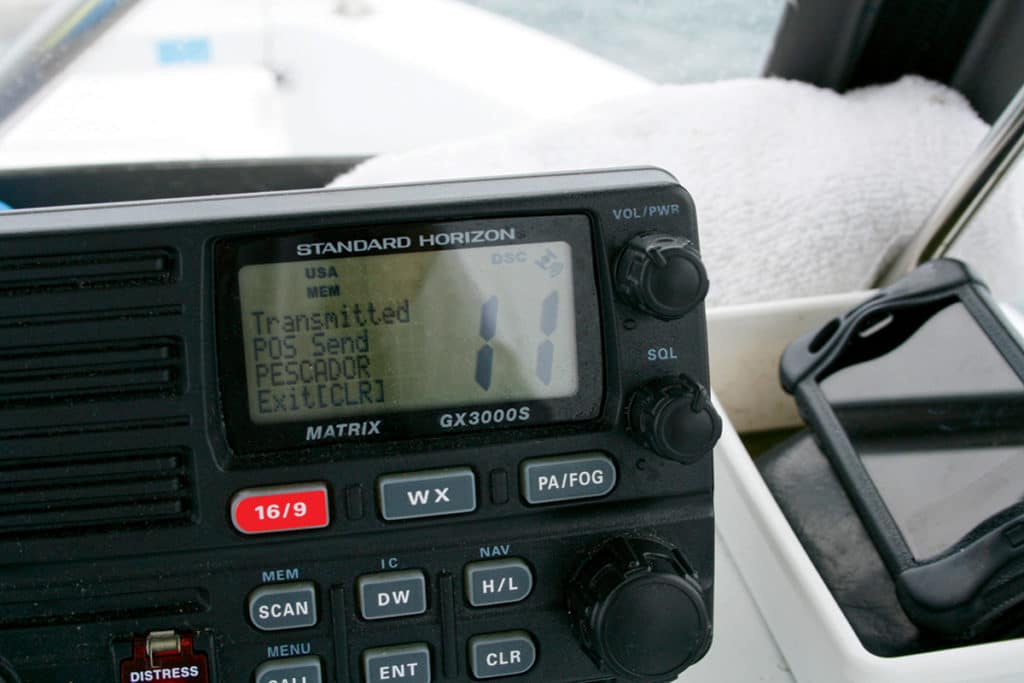
1. Be DSC Discreet
Here’s the scenario: We had filled the cooler with dolphin — tasty mahimahi. We were done — exhausted, drenched with sweat and ready to head back to the harbor. Yet the fish were still biting, and we wanted call a buddy boat in on the hot spot — a floating pallet out in the Gulf Stream. Yet we didn’t want the world to hear.
With the Maritime Mobile Service Identity (MMSI) number for our friend’s VHF radio already entered in the address list on my VHF, we initiated a position-send call via digital selective calling (DSC), allowing us to privately transmit the coordinates. Within 30 minutes, he and his crew found the pallet and starting catching fish too. Had our friend found the pallet first, he would have done the same for us. That’s the obligation of belonging to a code group.
Having a group of buddy boats fishing on the same day can pay off big time; intel shared by one lucky captain can help the others in the code group. Thanks to the latest VHF radio technology such as DSC, you can share that information without tipping off others. This is especially helpful when you’re offshore and outside the range of cellular phone towers.
The DSC system was designed to serve primarily as a means of instantly sending a distress call with your boat’s identity and position. (See [boatingmag.com/using-dsc-to-send-an-electronic-mayday](http://www.boatingmag .com/using-dsc-to-send-an-electronic-mayday “boatingmag.com/using-dsc-to-send-an-electronic-mayday”).) Yet DSC also lets you privately request and send position data between boats. As described above, that’s huge when you are trying to keep a secret spot secret. Procedures vary between models, so check your owner’s manual and practice the steps to request or send position data.
When it comes to voice communications, however, DSC offers little privacy, says Jason Kennedy, executive vice president for Standard Horizon, which offers a wide range of DSC-equipped VHF radios.
“Contrary to what some believe, anyone on the channel you select for your DSC voice communication can hear you talking,” Kennedy explains. “The major advantage of DSC voice communications is that it lets you privately hail another boat and preselect a channel on which to talk.”
If it’s secret stuff, talk fast, because some anglers use the scan function on their VHF radios to listen for chatter on several channels at once, hoping to eavesdrop on covert conversations, gather intel and find out where you’re catching fish. That might sound paranoid. But just because you’re paranoid doesn’t mean competitive anglers aren’t out to snake your spot.
Fixed-mount VHFs sold in the United States are all DSC-equipped. For full DSC functionality, however, you need a GPS feed. With older DSC VHFs, this requires a hard-wired connection to an external GPS source. Today, however, some new VHF radios such as the Icom M324G ($229.95, thegpsstore.com) and Standard Horizon Matrix Explorer GPS GX1700 ($204.99, thegpsstore.com) have integrated GPS.
Networking your VHF with a GPS/chart plotter (via either the NMEA 0183 or 2000 protocols) allows you to see the other boat’s position on-screen, negating the need to enter the other boat’s latitude and longitude as a waypoint in your plotter. Another key element needed for DSC is an MMSI number. This identifies your vessel not only during routine voice and data communications but also in a DSC distress call, which you can place automatically by pushing the covered red distress key on the VHF’s control panel.
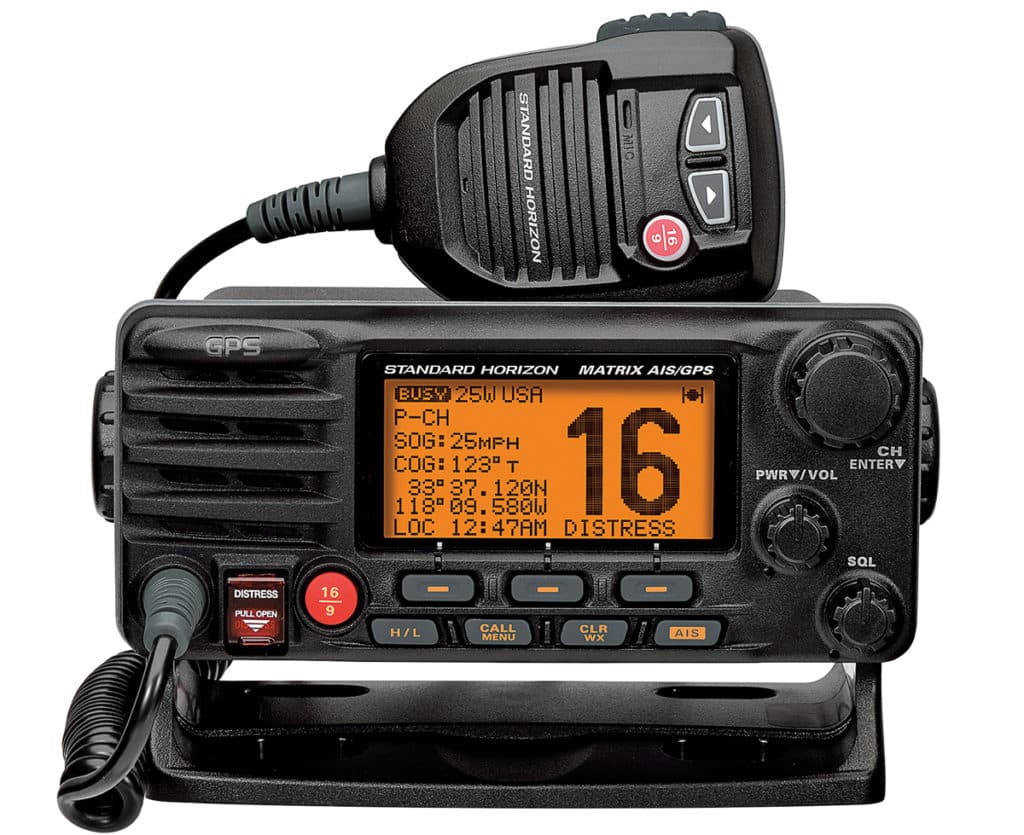
2. Scrambled and Secure
VHF voice scramblers were all the rage a decade ago, but today you don’t hear many scramblers, which make radio transmissions sound garbled and alienlike. “They’re still effective in masking voice communications,” Kennedy says. Standard Horizon’s CVS2500A ($99, militechmarine.com) optional voice scrambler offers four codes.
The plug-in 10-pin jumper installs inside the cases of Standard Horizon’s Matrix GX2000, Matrix GX2200 and Quantum GX5500S, as well as some legacy products such as the Matrix GX3000S. Standard Horizon’s HX400 handheld VHF legacy product features a built-in voice scrambler.
If you’re not comfortable with opening up the sealed case of your VHF radio and performing DIY work with electronic circuit boards, ask a qualified marine electronics servicing dealer to order and perform the upgrade for you.
The CVS2500A is effective on any channel you select. “But I advise against using it on Channel 16, since it’s the official hailing channel,” Kennedy says. The effectiveness of a voice scrambler demands that your boating buddies also have them and that you all agree to one scrambler code before heading out. You can turn off the scrambler if you need to communicate with a vessel outside your group.
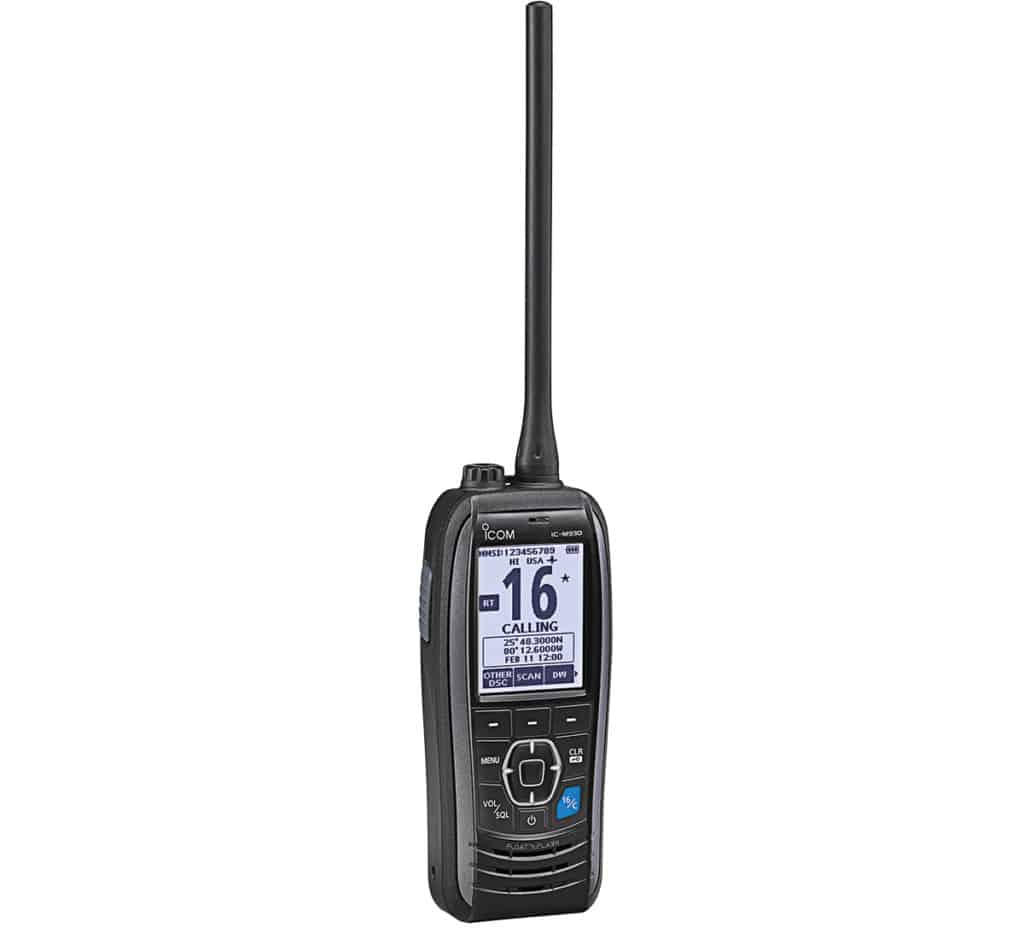
3. Hail-and-Switch Tactics
Even without DSC, you can use some old-fashioned tactics to minimize the number of VHF eavesdroppers. One of these is the hail-and-switch trick. You and your buddy boater agree to switch to a predesignated channel when one hails the other.
Here’s an example of how it can work: You hail your buddy on Channel 72 with a code phrase such as “Geronimo, Geronimo, Geronimo.” That’s serves as his cue to switch to Channel 78A and respond in a code word such as “tallyho.”
Once you’re both on 78A, you can quickly exchange key information away from the prying ears of other boating anglers, then switch back to 72 for hailing.
Using a code language in conjunction with hail-and-switch tactics can increase the level of privacy. For instance, both buddy boats might use alternate names, so not to be recognized by others when hailing each other.
In communicating positions, some captains also use offset alpha characters in place of numbers for latitude and longitude and/or transmitting only partial numbers, all to keep others guessing. The key lies in making sure that members of the group understand so they are not left guessing.
“In the old days, all we had was code talk to keep things under wraps,” says Mark Wisch, who has fished the waters off Southern California for more than 50 years. “We had special codes for describing different areas and even bogus names for fish. Today, it’s kind of a lost art.”
If your buddy is less than a mile away and no one else is close by, you can both switch your radios to the 5-watt low-power settings. That way, other boats aren’t likely to hear your conversation. Don’t forget to switch back to the 25-watt high-power setting when you wrap up the confidential discussion.
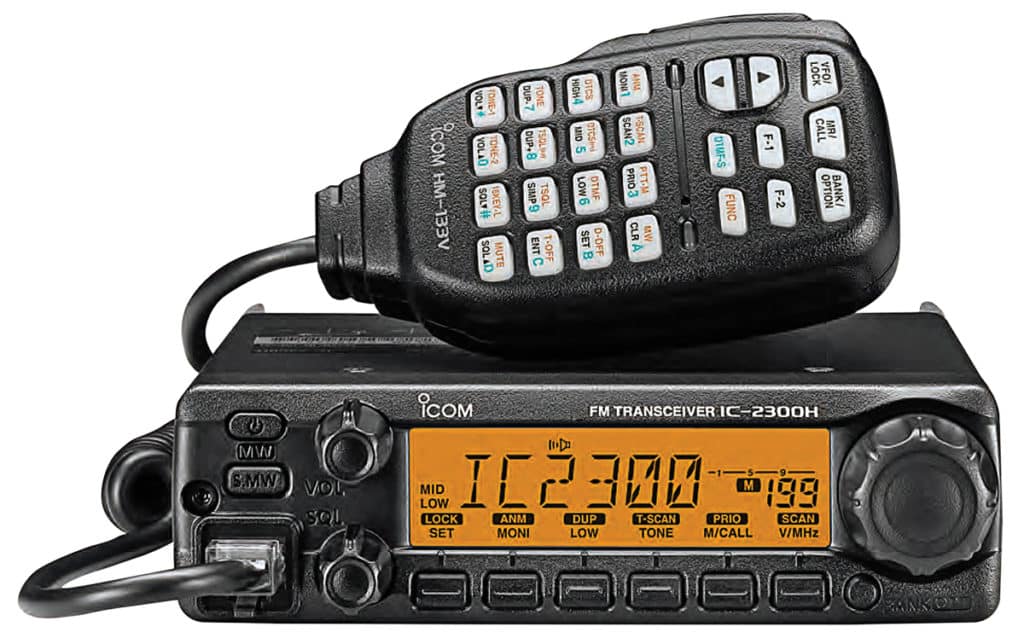
4. Use Two-Meter Magic
Using so-called “two-meter” (aka mobile amateur) radios represents another way some captains keep voice communications private. Though not built for marine applications, radios such as Icom’s 2300H ($189.95, dxengineering.com) or Yaesu’s compact FT-1900R ($149, gigaparts.com) each offer more than 200 channels, so you can stray far afield from the beaten bandwidths where few others bother to listen, even if they have a two-meter radio.
While legal to use aboard a boat, two-meter radios require that the operator pass an exam and obtain an amateur operator license from the Federal Communications Commission (wireless.fcc.gov).
These radios also work best with a dedicated antenna such as the Larson NMO2/70B ($64.95, gigaparts.com) or Diamond M285SNMO ($26.95, theantennafarm.com). Though neither is designed for boats, both are inexpensive to replace if and when they succumb to corrosion or the rigors of marine use.
If this sounds like an extreme measure, remember that fanatic captains will buy just about any sort of equipment to give them an edge. Compared to a $20,000 marine electronics package, spending another $300 is a drop in the bucket for ensuring private communications. Just make sure you and your buddies agree on a two-meter channel, or you may never find each other in the vast universe of mobile amateur channels.
Remember also that rescue agencies do not monitor amateur frequencies for distress calls, so don’t think for a minute that a two-meter radio will replace a VHF for safety at sea.
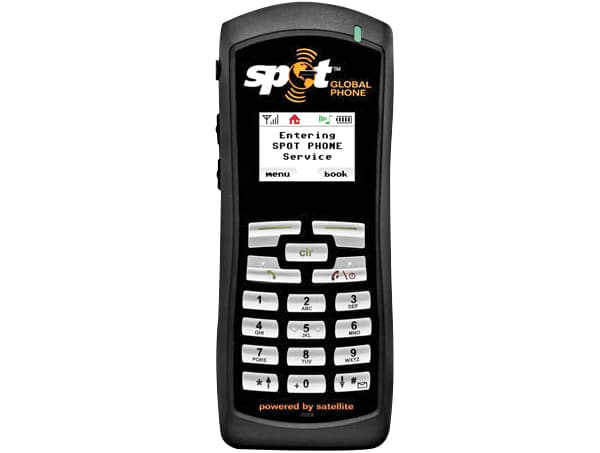
5. Star Talk
OK, this has nothing to do with radios, but it’s another way to communicate secretly when you have no cellular service. Handheld satellite phones such as the Spot Global Phone ($499.99, cabelas.com) or Iridium 9555 ($1,099, bluecosmo.com) let you converse privately. If want to talk with a buddy boat, that captain will also need to pony up for a sat phone.
You also need a service plan. For the Spot Global Phone, plans start at $39.99 monthly, plus a $50 activation fee, and they include 40 minutes of talk time per month. Iridium offers prepaid satellite phone cards starting at $75 for 50 minutes of talk time. Plans that include text and email services are also available. You can sign up at bluecosmo.com.
In this day and age, privacy has become a rare commodity. It seems like someone is always trying to listen in. But don’t despair. Use these tips, and at least you can thwart eavesdroppers afloat and ensure that fishing secrets are shared with only those you wish.
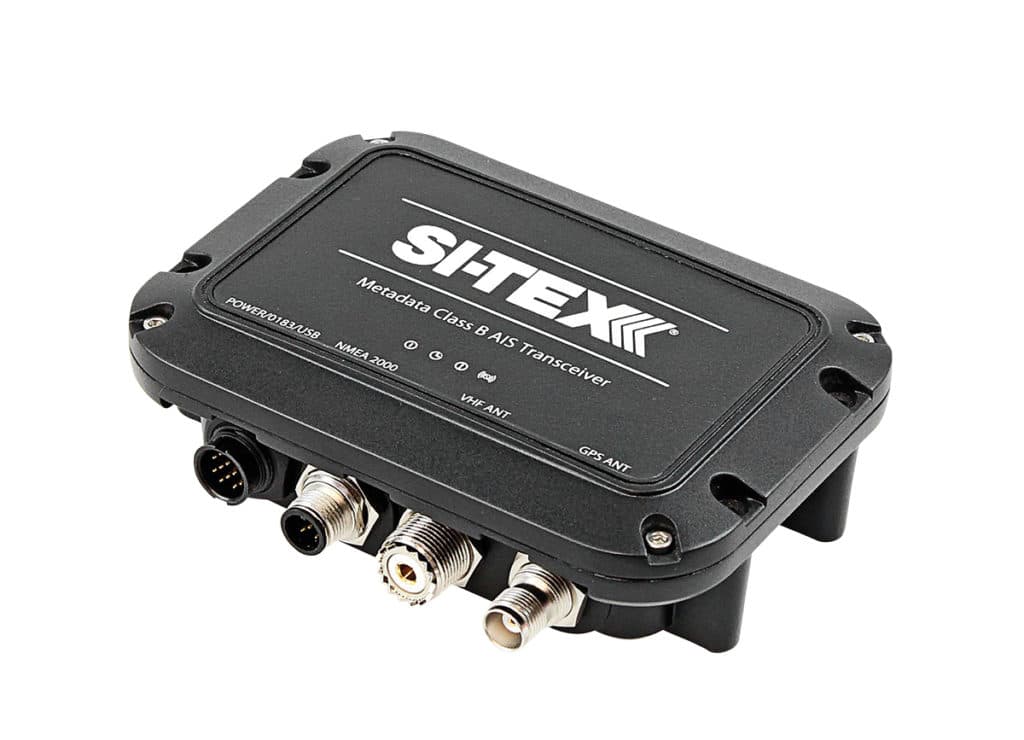
AIS Strategy
AIS (automatic identification system) uses special VHF frequencies to broadcast the position of AIS transceiver-equipped boats on a chart plotter. While designed to be a navigational safety tool, the AIS system can also be employed to quietly communicate your position to an AIS-equipped buddy boat. Here’s an example of how it might work: Let’s say the two of you are trolling offshore water, looking to catch some yellowfin tuna, and you find the fish. To call your buddy in on the bonanza, you send a coded VHF voice message, like “The eagle has landed,” on a predetermined channel. That’s your buddy’s cue to look for your boat’s AIS symbol on the plotter.
AIS symbols are often triangular shapes, and placing a cursor over one calls up the vessel’s information, including the name and MMSI number. Once he identifies your boat on the plotter, your buddy can chart a course for your position without any further discussion or giving away the secret hot spot over the public VHF radio waves.









